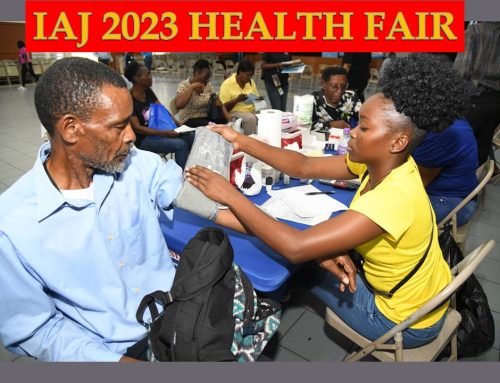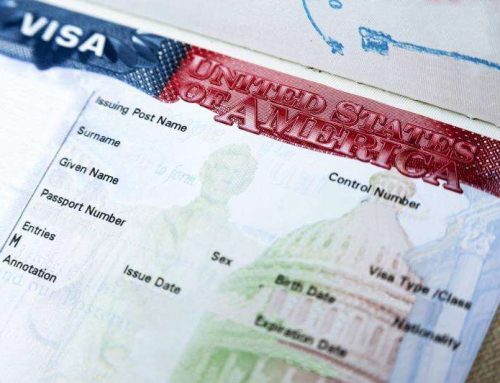1 – Check your account balance every couple of days to see if there are any strange fees charged to your account or any changes altogether. Discovering hidden charges or fees from early can save you time when you report it to your bank for investigation. You can do this by utilising your bank’s digital application (app), online banking or an automated teller machine (ATM). Most banks charge no fees to check your balance with one of their proprietary ATM’s or alternative options. Always remember to cover your pin or password whenever you’re going to use one of these means.
2 – Consider utilising your bank’s proprietary ATM at their branch locations. Although there is no guarantee that the ATM at the branch is 100 per cent safe, it is less likely to be tampered with if it is in a large area where everyone can observe it. Evidence of card fraud tends to stem from a third party, off-site location which is affiliated with your bank, since there are usually less observations being made on that ATM. One might need to use an ATM to access cash quickly, but it is imperative that you take the necessary precautions to protect your money.
3 – Be extra careful of e-mail you receive. Fraudsters tend to use fictitious e-mail to try and phish information through an apparently genuine e-mail. Opening a link from a fraudulent e-mail can expose your device to being hacked or monitored for the information you input. This can also apply to a call from your ‘bank’ where they are asking for private details such as your password, date of birth, username and taxpayer registration number (TRN). A bank will never ask for certain information by e-mail or over the phone from a customer. They may ask questions to verify your identity, but this doesn’t always tend to involve these lines of questions. If you receive an e-mail which appears suspicious, contact your bank via e-mail or customer care and move that e-mail to spam or trash to prevent from mistakenly opening again. It’s better to be safe than sorry until you are able to verify the e-mail and know that it is genuine.
4 – Don’t share your pin or password for any of your cards or bank accounts. If you ever have an emergency and need a family member to access money for you, ensure the pin is changed immediately after at your bank’s closest branch. When one is using an ATM or point of sale (POS) device, ensure you cover your pin when entering it. Since you won’t be aware if you are being recorded, covering your pin reduces the risk of someone figuring out the pin.
5 – Enable text and e-mail notifications for any transaction which is done with your account or card. On a bank’s online platform, you can set up these notifications to ensure you are alerted for every transaction which occurs with a particular account or associated card. This allows you to be aware of any fraudulent activity from early, and gives you time to contact your bank or freeze the account and card. Some banks offer the option of freezing your account online in the event they ever need to stop someone from misappropriating funds.
— Compiled by David Rose
http://www.jamaicaobserver.com/sunday-finance/safe-banking-tips-during-and-after-covid-19_199775




Leave A Comment